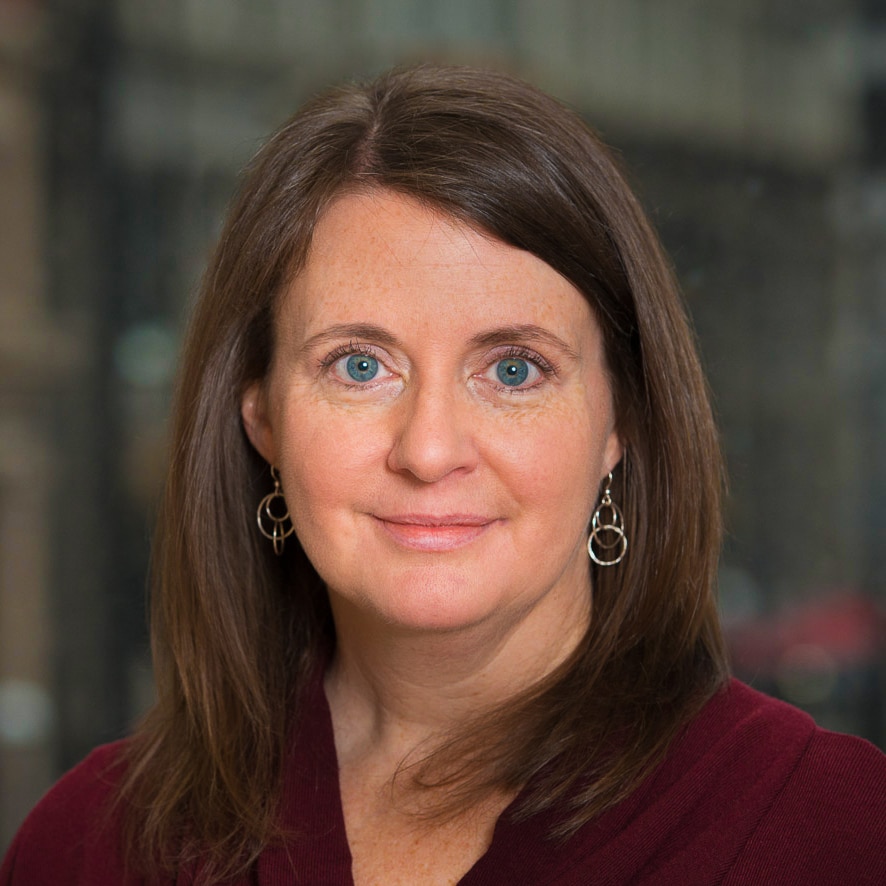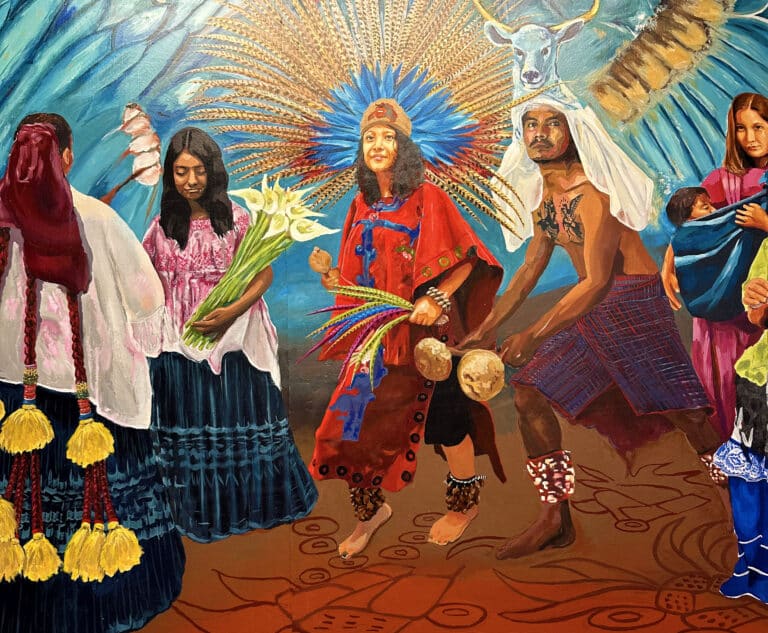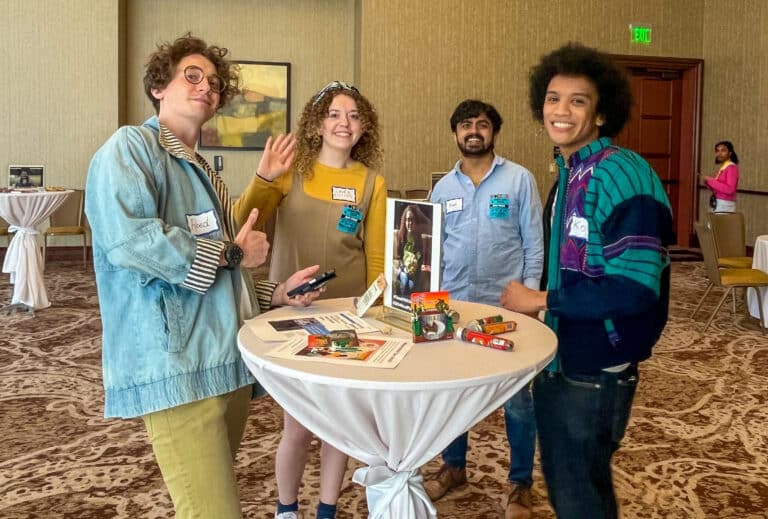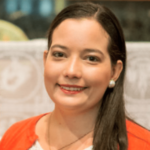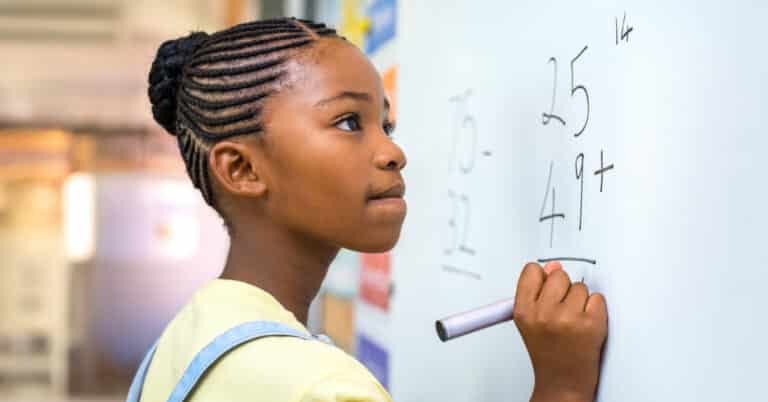Preparing for the future while operating in today’s environment is tricky business. Participants in a deep dive session on the implications of global trends at the Association for the Advancement of International Education’s (AAIE’s) annual conference seemed acutely aware of that tension. How to balance international schools’ relative freedom and agility against constraints such as resources, parents’ expectations, the goal of getting students into US or UK universities, and the demands of today’s curricula?
As we explored implications of The Future of Learning: Education in the Era of Partners in Code for international schools, customizing learning to a greater extent than is common today and supporting more personalized academic and vocational learning pathways arose as one key area of opportunity. The prototype below reflects the potential for customized learning pathways rooted in a common foundation to open space for curricular innovation as the changing world of work creates shifting content and skills targets.
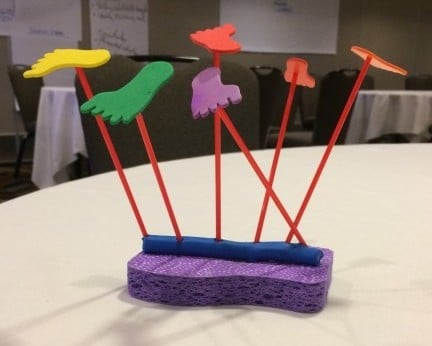 The conversation also highlighted the opportunity to increase international schools’ ability to support whole-person development through intentional education road maps and aligned measures of achievement. A prototype solution involved building schools’ capacity in the areas of social-emotional learning, leadership development, and brain research. In this solution, a director or head of school would hold the school’s values and foster the desired culture while also building and maintaining board support and capacity. The school would recruit educators with expertise in one of the three competency areas and would develop all educators’ competencies in them. (That prototype involved a Venn diagram created out of tape and was more ephemeral….)
The conversation also highlighted the opportunity to increase international schools’ ability to support whole-person development through intentional education road maps and aligned measures of achievement. A prototype solution involved building schools’ capacity in the areas of social-emotional learning, leadership development, and brain research. In this solution, a director or head of school would hold the school’s values and foster the desired culture while also building and maintaining board support and capacity. The school would recruit educators with expertise in one of the three competency areas and would develop all educators’ competencies in them. (That prototype involved a Venn diagram created out of tape and was more ephemeral….)
These initial ideas illustrate how engaging with future possibilities can help illuminate ways of connecting big global trends with a specific context. Supporting curricular innovation in response to changing needs and building schools’ capacity to support whole-person development represent just two of the many opportunities on the horizon for international schools. While the form might vary in other contexts, these opportunities also seem relevant to many schools. For more strategies related to renegotiating definitions of success and educating the whole person, as well as other opportunities to lead toward the future of learning, see KnowledgeWorks’ Shaping the Future of Learning: A Strategy Guide© and the accompanying workbook, Shaping the Future of Learning: K-12 School-Based Education Strategy Workbook©.
If you want to dig into these strategies with a group or whet your appetite for considering innovation in your context, you might consider warming up with a few prompts designed to surface you and your colleagues’ orientation to the future. These prompts are an adaptation of an exercise created by the Institute for the Future:
- Generally speaking, international schools (or your type of school) are very prepared / not at all prepared for the future.
- I tend to be deeply fearful / deeply excited about the future.
- In my current position, I feel quite empowered / disempowered about helping my school or organization move toward a positive future.
Placing yourself on these scales or asking a group of people to line up according to their answers, and then reflecting on or talking about the responses, can help illuminate the many factors influencing people’s sense of agency in shaping the future and the many considerations involved in balancing innovation and tradition, whatever your context.
